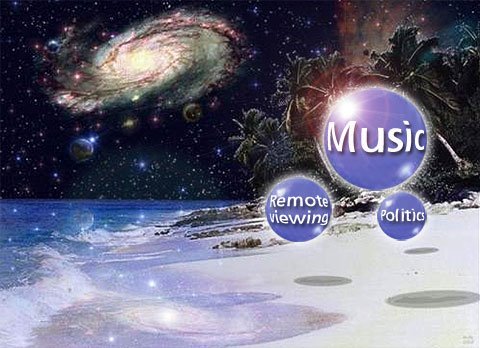I want to share an outstanding example of data from an ARV session. In fact, it’s one of the best I’ve seen in 15+ years doing ARV.
Elisa Lagana is a natural psychic and has training in the TDRV method. She and I have worked together a lot and we decided to do some fun viewing this summer. We’ve done two events using what I call Strict Unitary ARV – single photo. Nearly all ARV to date has been binary ARV – two or more photos.) Elisa and I have done a fair number in the past using SUARV-emotions. On this one Elisa was tasked as follows. I sent her this:
SumFun 3 Tag: 6825-BRZO Cue: The viewer is to move forward to July 2, and describe the target associated with the most probable outcome of the event associated with 6825-BRZO.
I wrote this, in addition as part of the tasking and did not send to Elisa:
Cue: The viewer is to move forward to July 2, 2020 and describe the 6825-BRZ0 target associated with Nippon-Ham if they win their July 2, 2020 baseball game in the JBL. The remote viewer is to move to the optimum position/location to describe the actual object/structure focused upon in the feedback image IF Nippon-Ham wins their game and the photo referenced photo is given as feedback. If the Nippon-Ham team does not win, then the viewer will view and describe any other target of their choice.
(Note: Typo in the above. Should have been "referenced photo" omitting the first "photo".
Those familiar with Daz Smith’s recent trials with single-photo ARV will note that I am largely following his wording. There haven’t been many trials using SUARV-Photo and I thought it could be useful to have similar if not identical wording. I wasn’t consistent on this one: I sent the wording “”most probable” to the viewer but used “if they win” in the add’l wording. I prefer the latter, actually.
The result was bet on an online sports betting site. The game was in the Japanese Baseball League and the team, Nippon-Ham, was a moderate underdog (+130). I chose that team rather than the other one by consulting my gut. My gut went back and forth a little, but ended up with this team. The process and Elisa’s dynamite session resulted in a hit.
I am not going to present the feedback photo (only Elisa has seen it) and for this reason. We don’t know how the ARV viewer gets the data. It could be that the viewer a) accesses ‘the Matrix’, b) ‘sees’ the photo via the tasker’s mind, c) ‘goes into the future’ and views her feedback, d) others who see the photo play a role in enhancing the numinosity of the photo and contribute to the process, e) some other factors/processes are involved.
It is not likely but possible that d) plays a role. So I want to eliminate d), esp. since we will be doing more of these this summer and if d) plays a role, it could impact other events we view.
Now to the data, which I think is a good model. I marked 22 datapoints in the photo. When Elisa mentioned the same data point more than once I added a number; e.g. jagged 2, structure 3.
Note that the bulk of the entries are, as widely recommended, bedrock, “low level” data – adjectives describing sensory impressions and simple drawings (here only of simple lines). However, she does mention blue sky, lifeforms and natural environment (nouns) and all are accurate. The most striking datapoint to me was the “red on right side midpoint” – which is exactly the case. There is a red spot in the image and only at that location.
The target photo is ‘numinous’ – it has been seen by millions. In keeping with my point about d) above, if you see this on social media, kindly do NOT post a photo of what you think is this image.
And here is Elisa’s session. 15 minutes, 5 pages. She said she felt it was a “hard” one to do and wanted to do more. But it was close to perfect as it was. She did not name the target (we sometimes do name the target in RV or ARV), and it is not necessary to do so to have a very useful session.
SumFun3 Elisa
https://wpmprv.files.wordpress.com/2020/07/sumfun3-elisa.pdf
Saturday, July 4, 2020
Subscribe to:
Posts (Atom)
